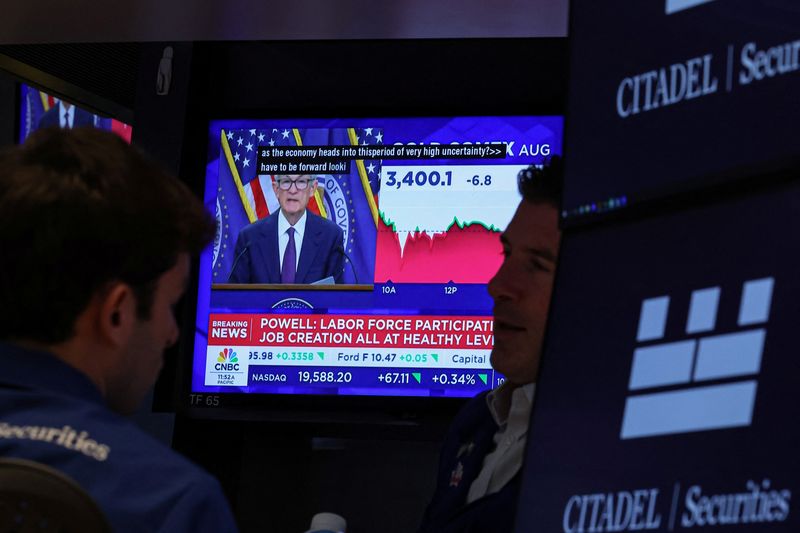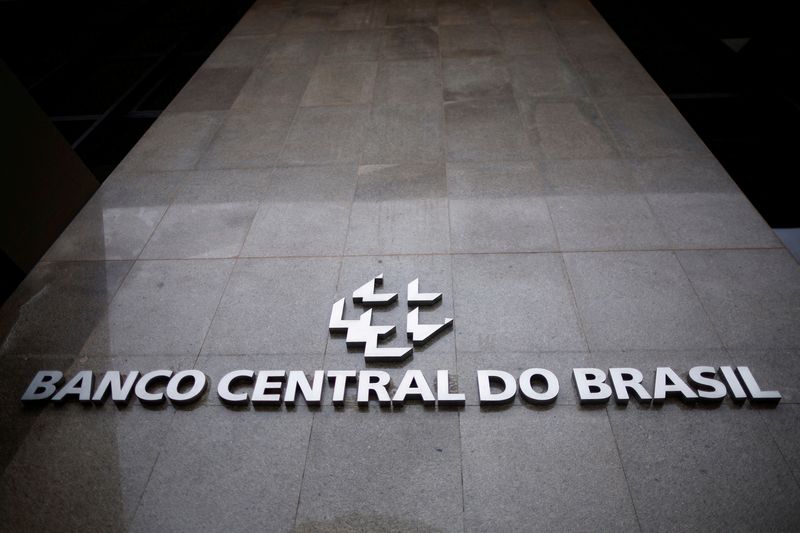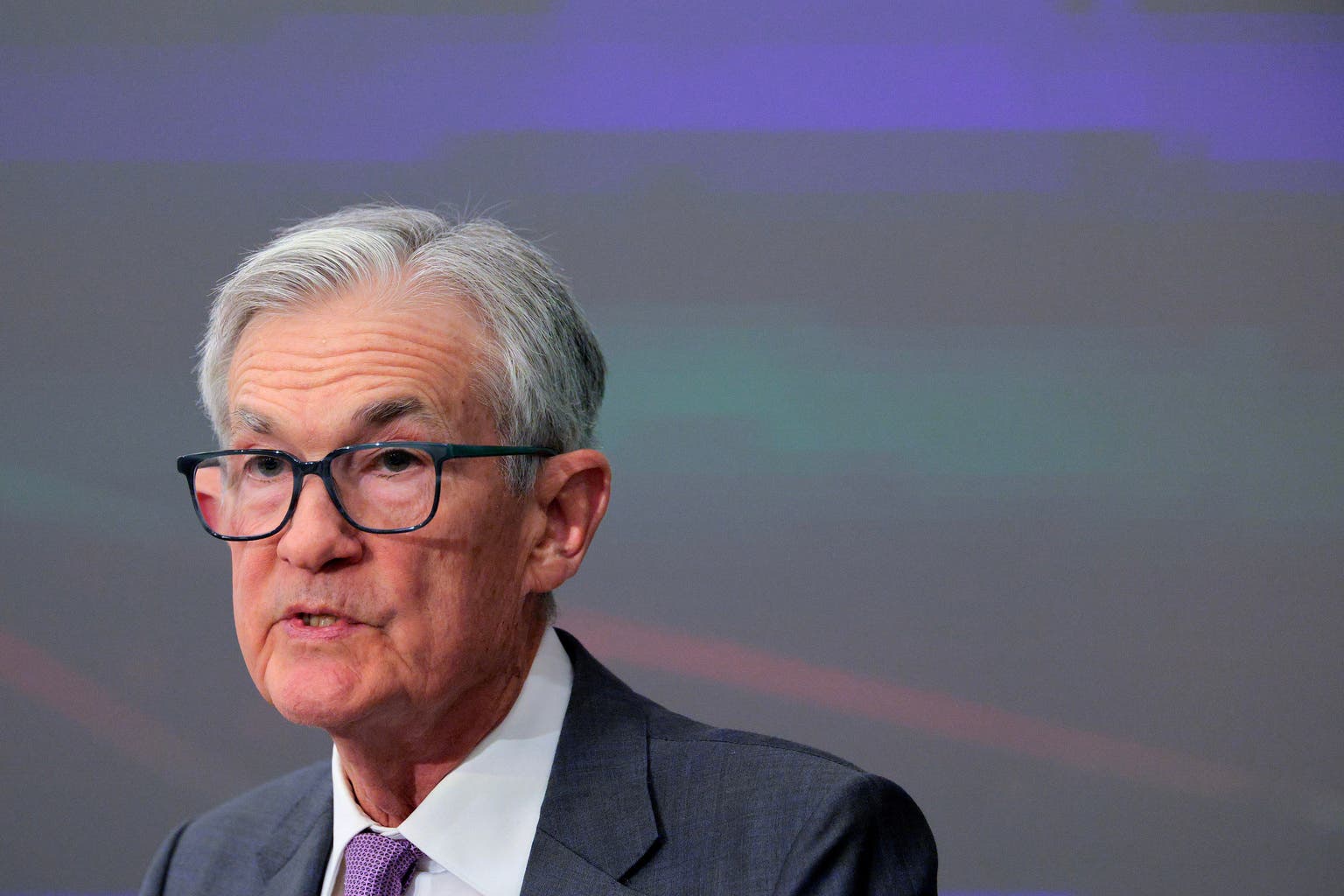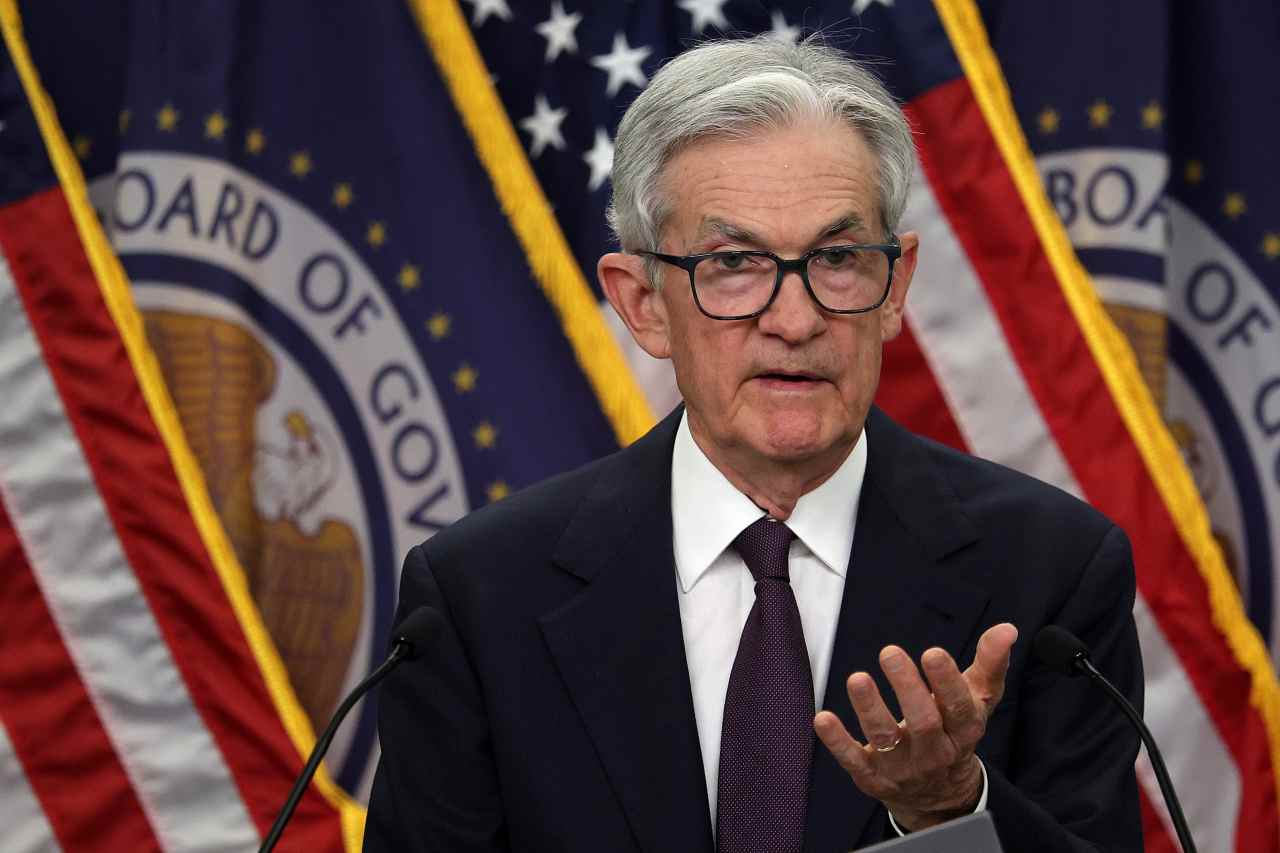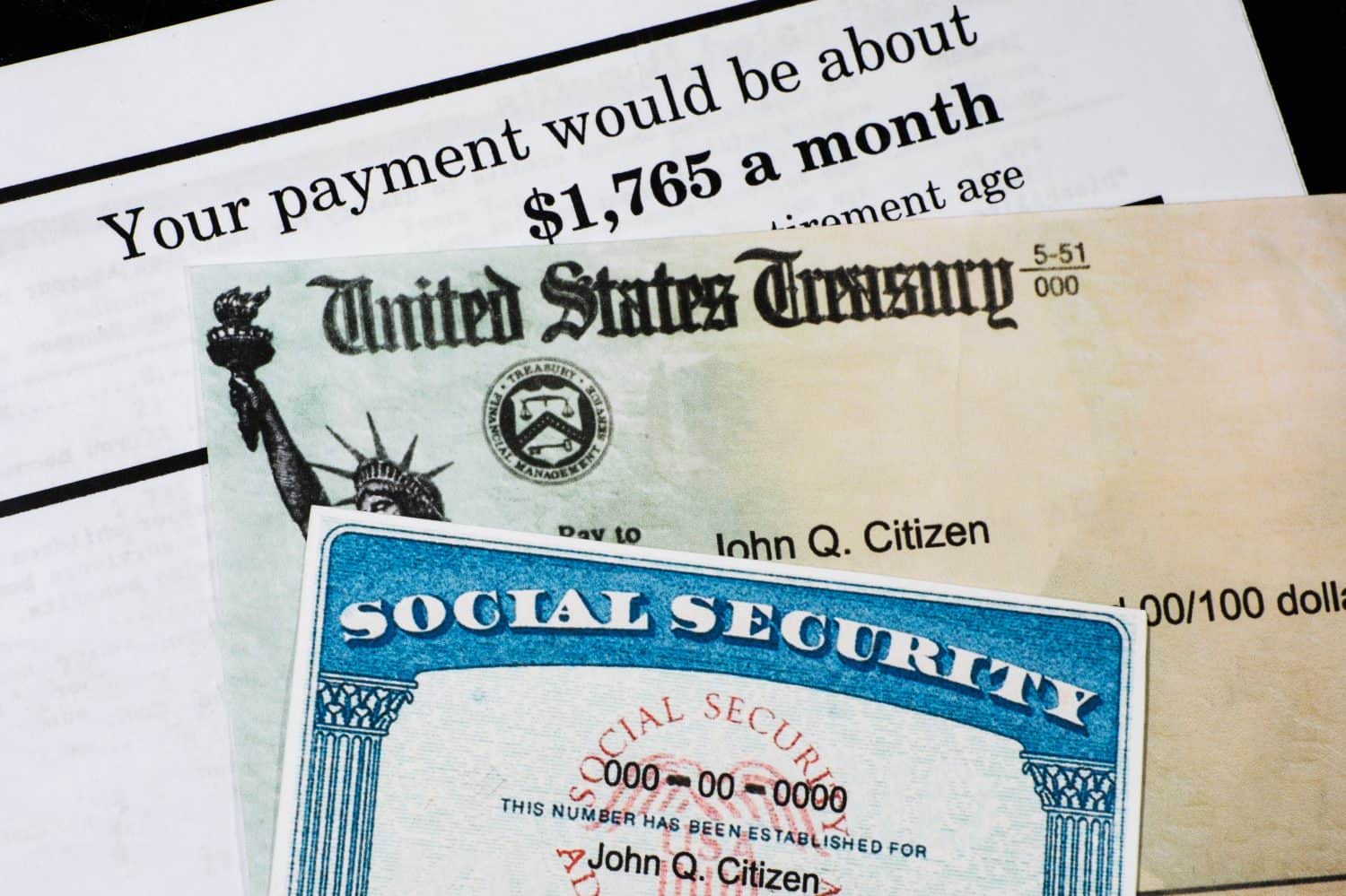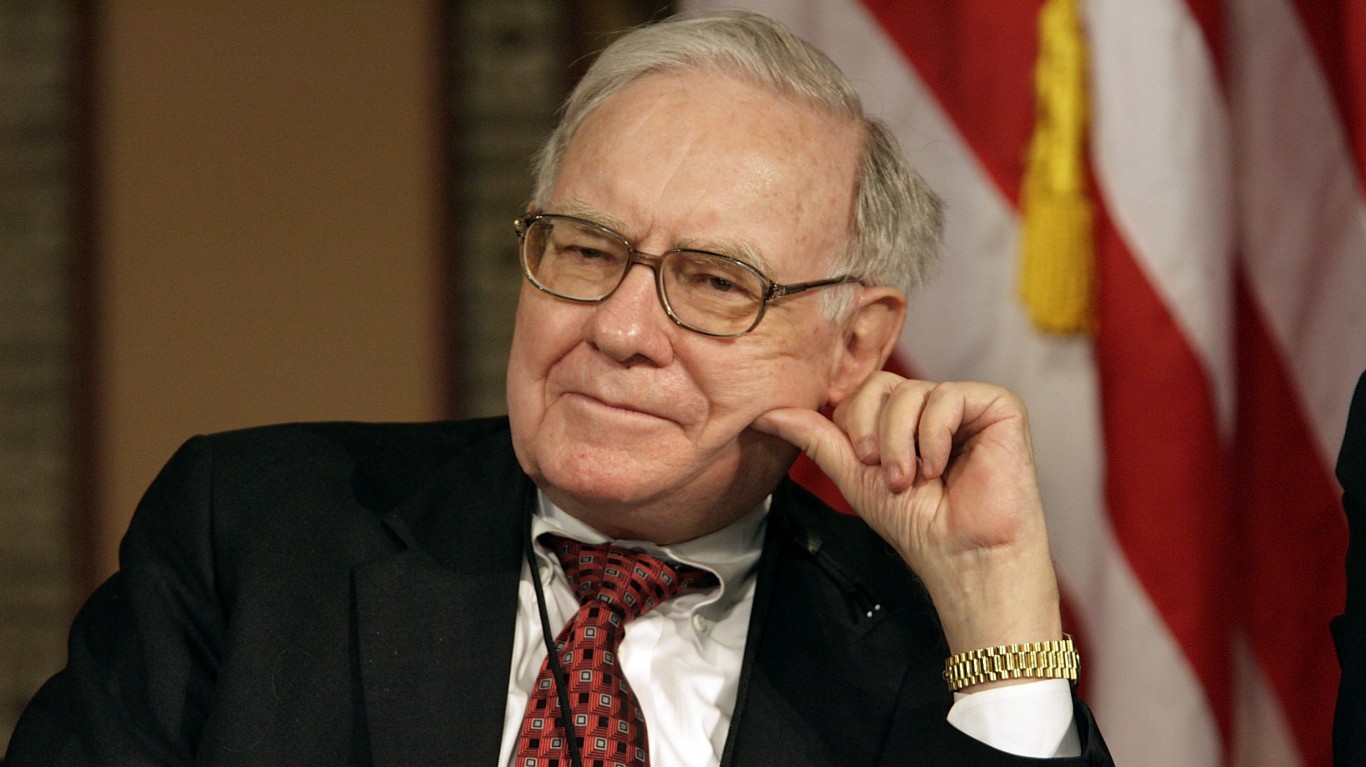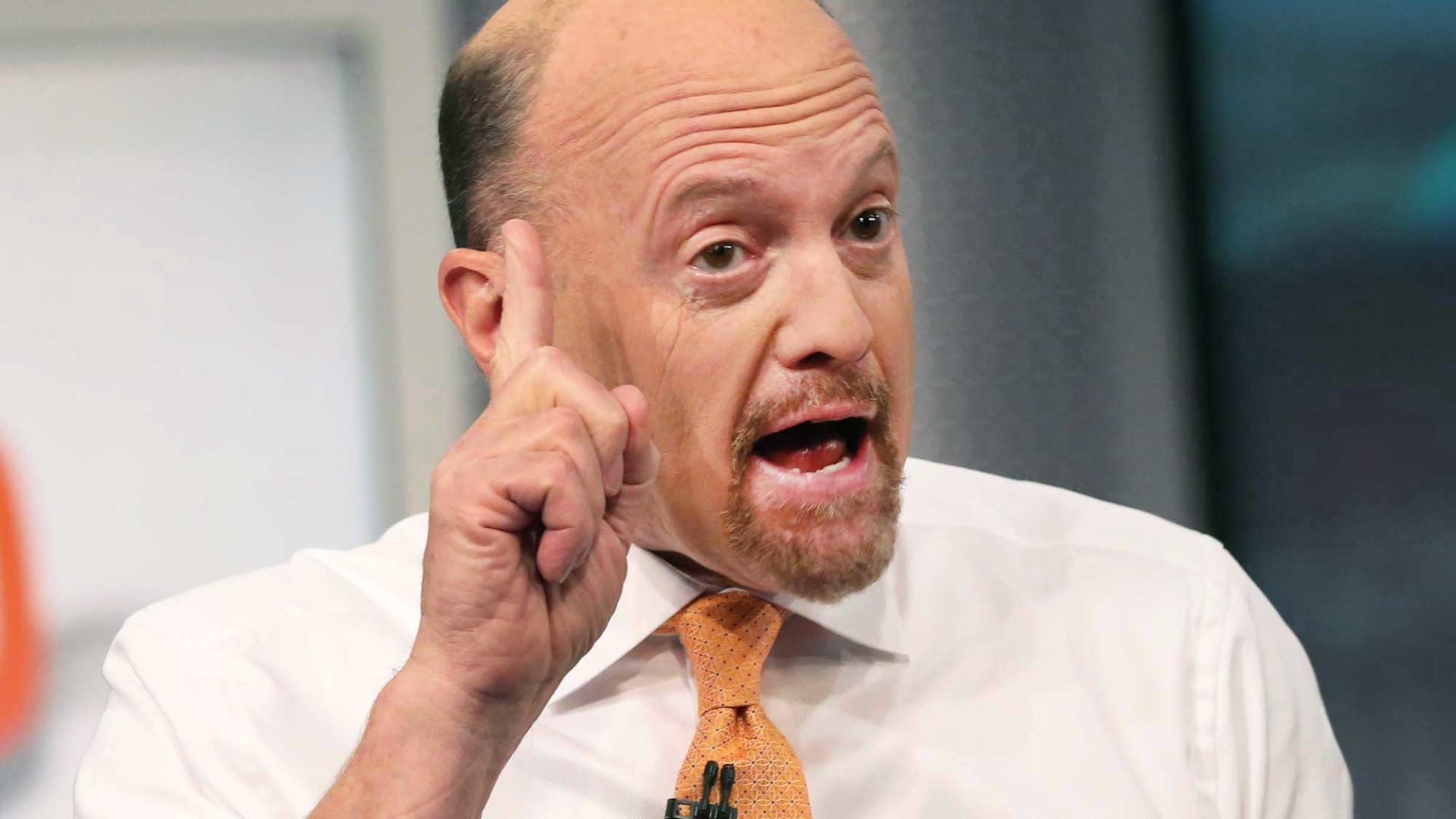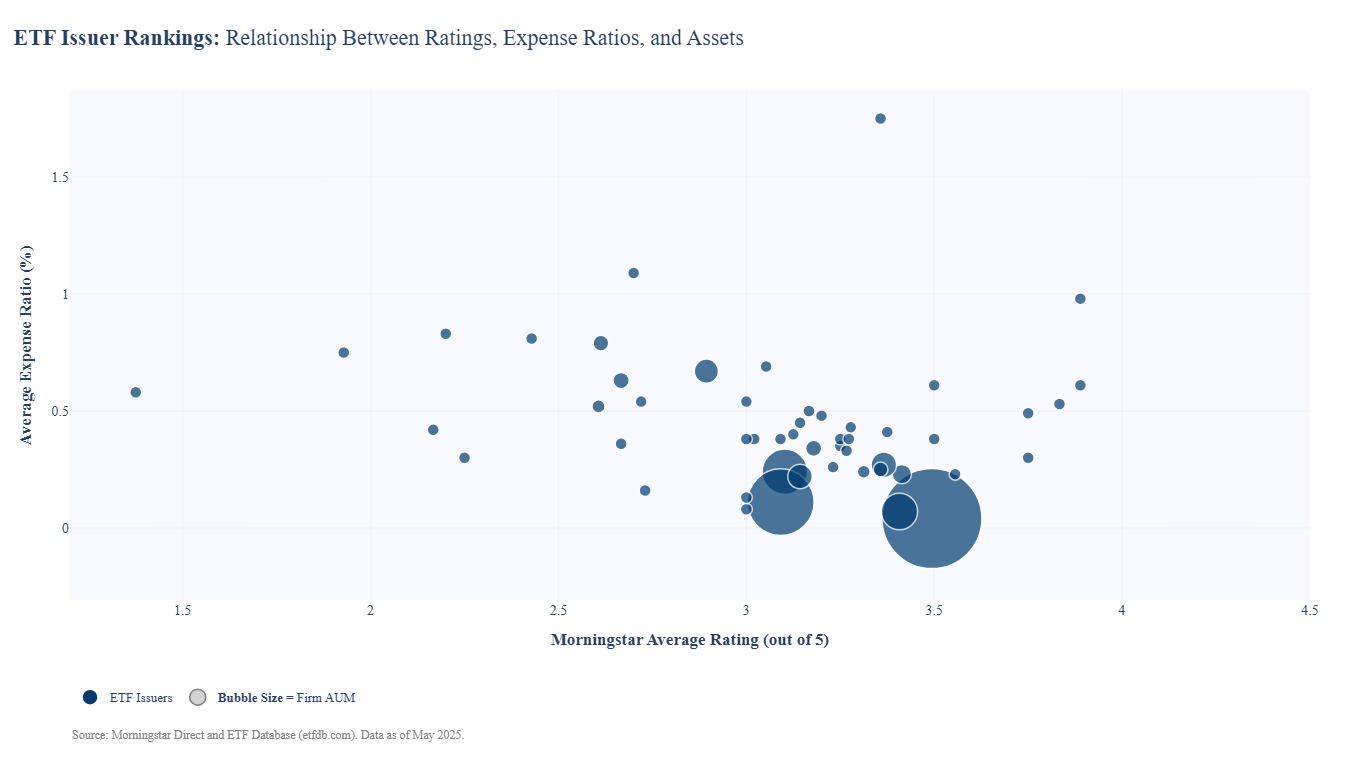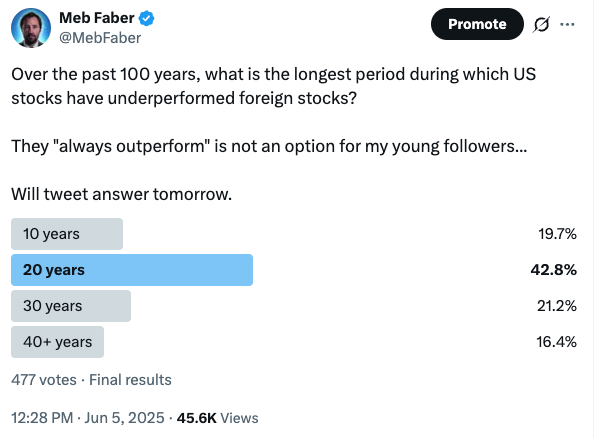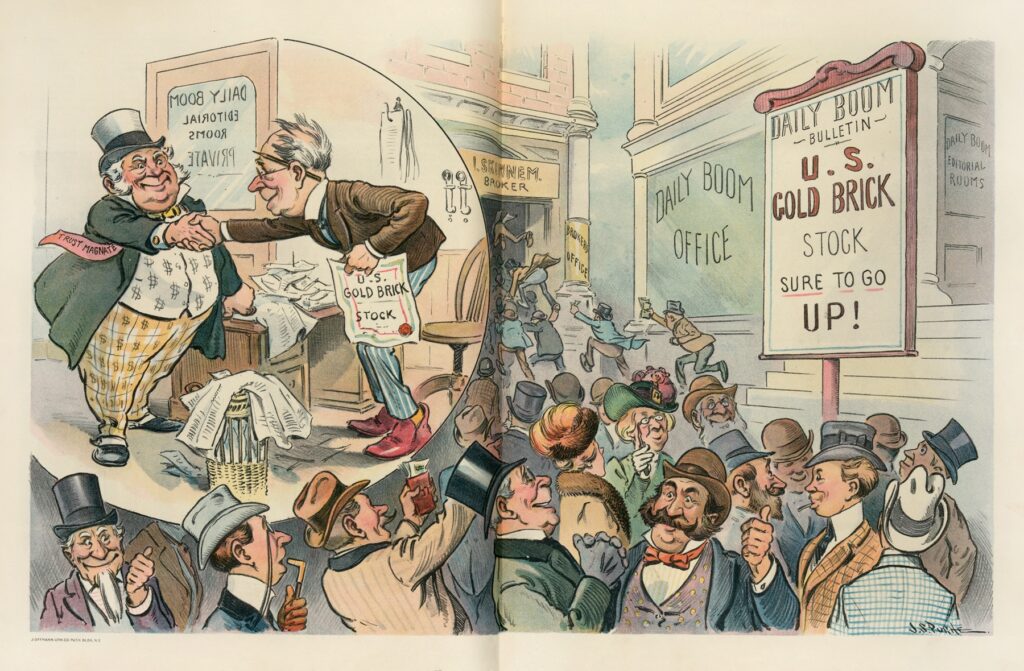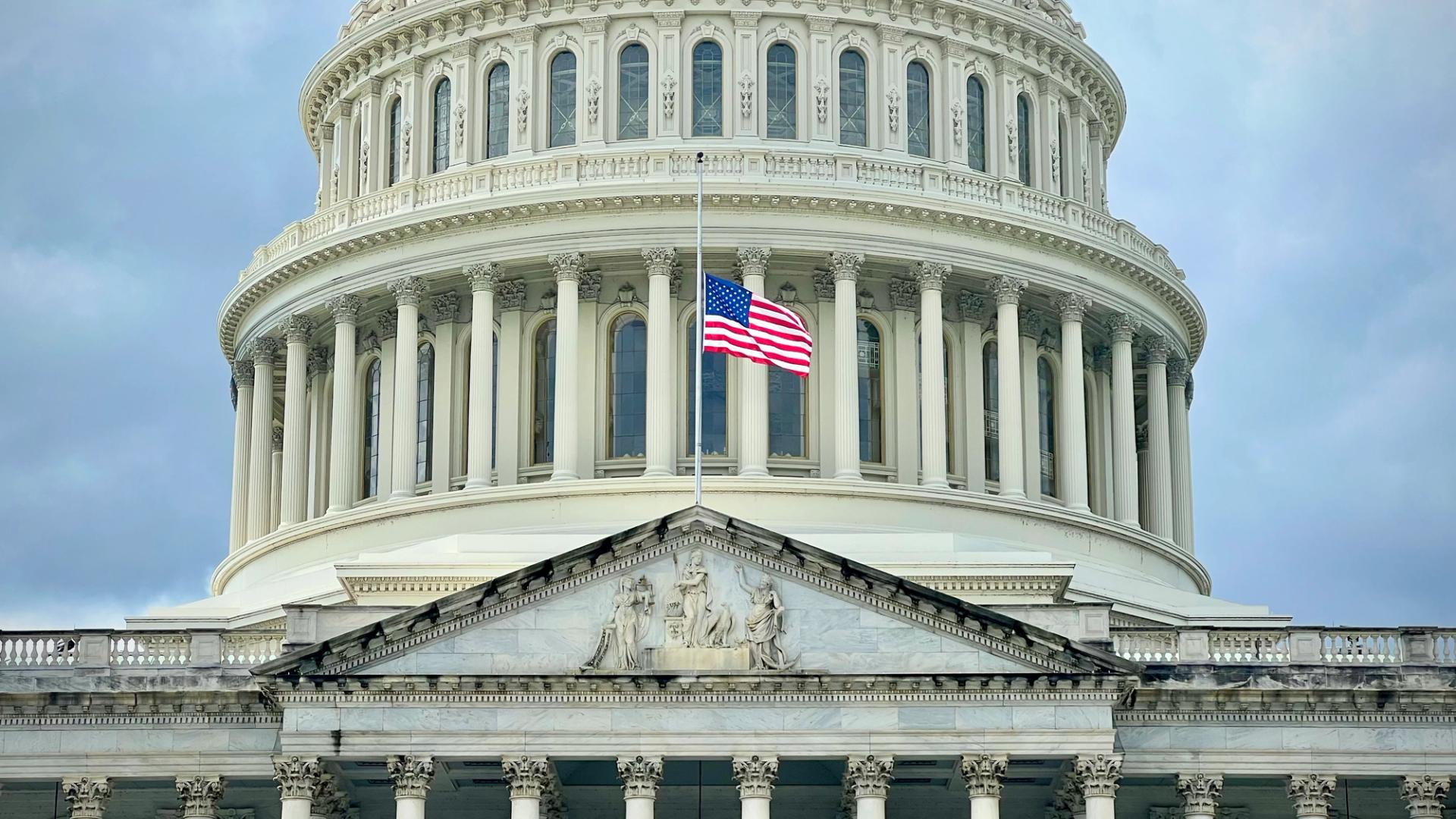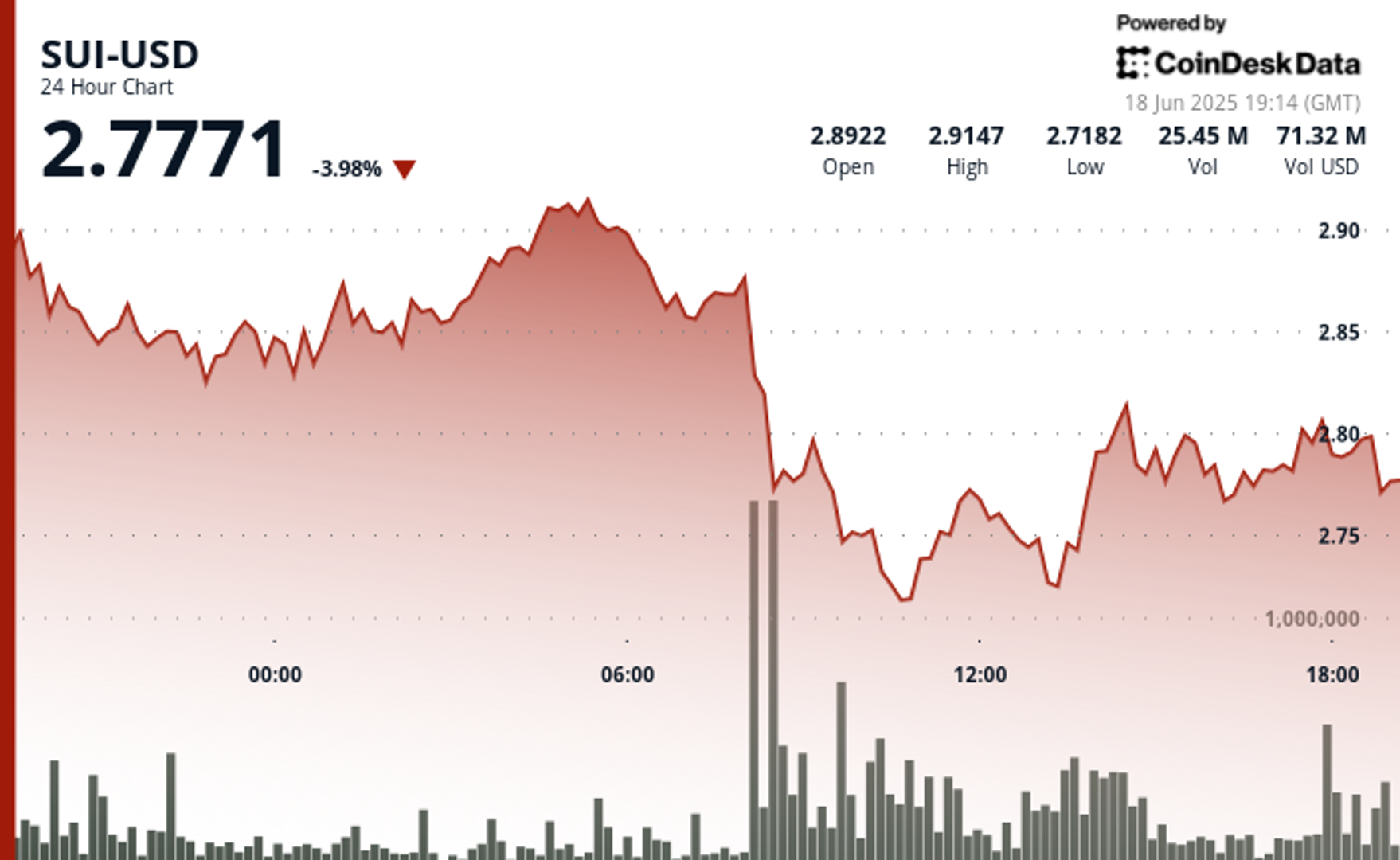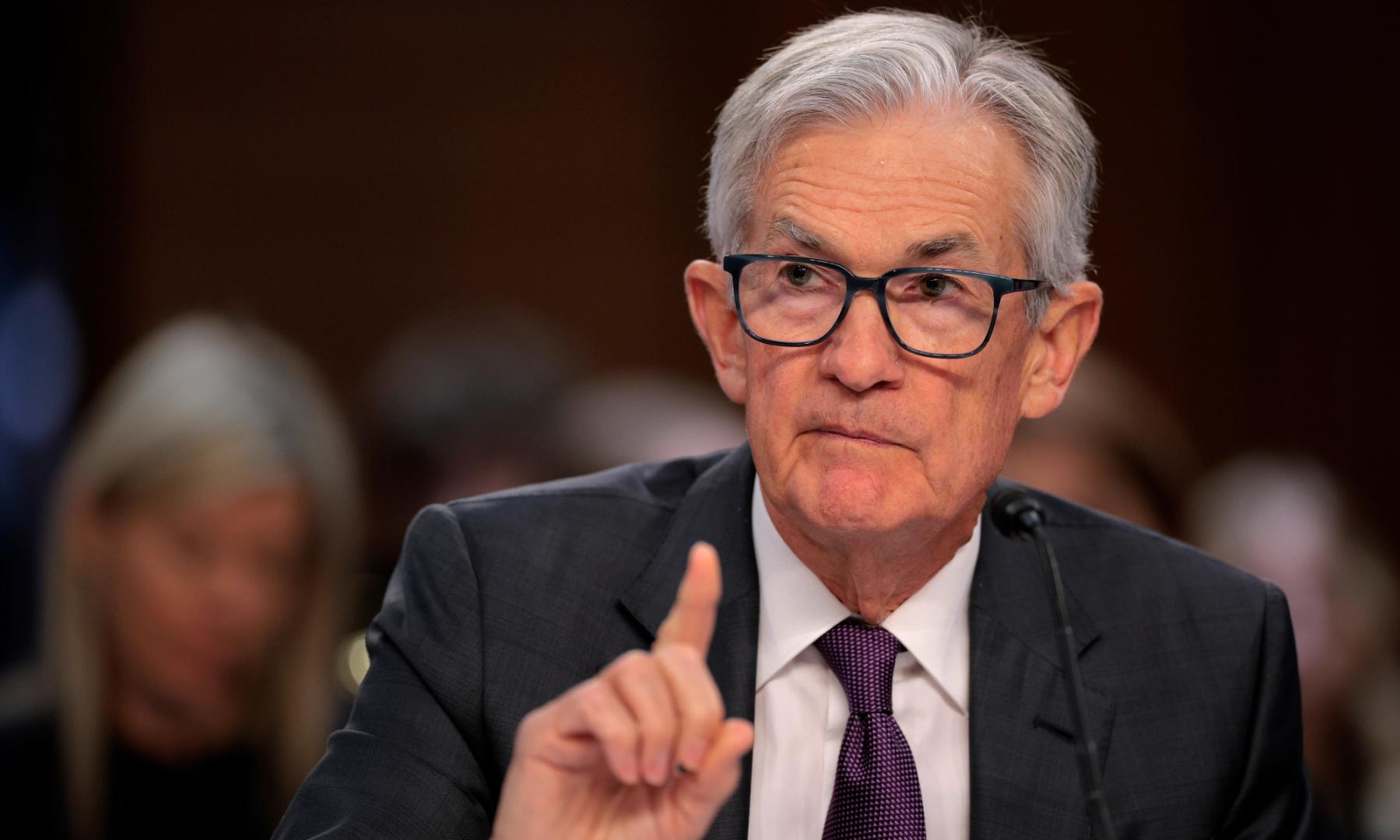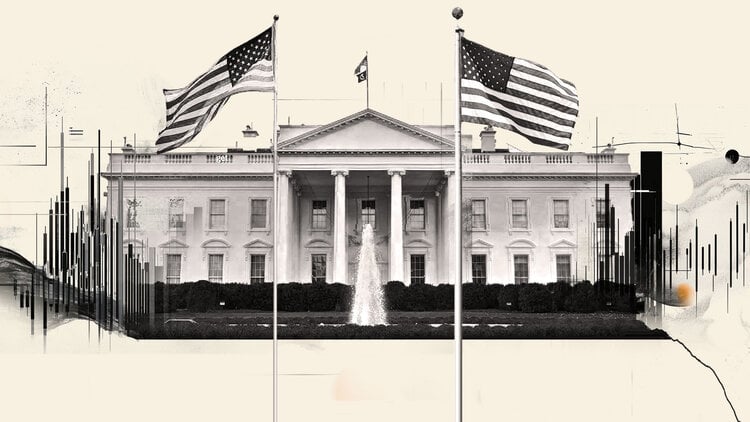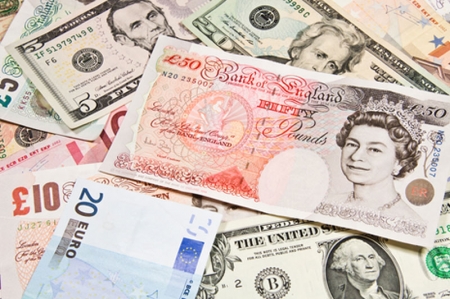Stocks are flat, as the Fed’s latest forecast flirts with stagflation
The Federal Reserve’s quarterly projection included lower growth, higher inflation, and maintained its previous expectation of two interest rate cuts.
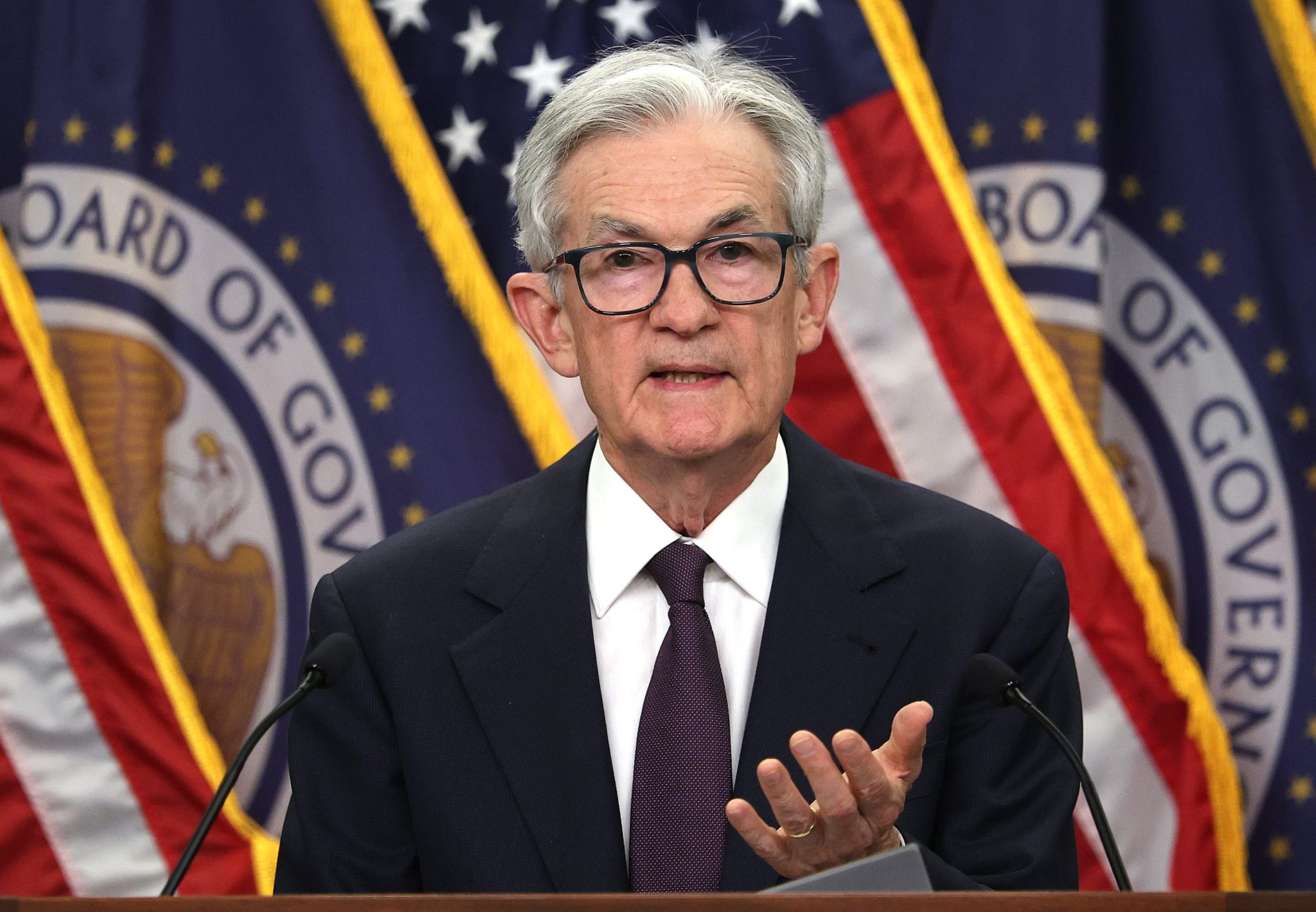
- Stocks finished the day flat, after a strong morning and a topsy-turvy afternoon. The day’s news was dominated by the Federal Reserve. Its interest rate decision was largely a formality, instead, its economic projections took center as investors looked for clues about how to navigate the rampant uncertainty.
All eyes were on the Federal Reserve on Wednesday.
Interest rates were largely a settled matter. Instead, investors turned their attention to the Fed’s economic forecasts for the year.
The so-called dot plot, which is released once a quarter, summarizes Fed officials’ projections for interest rates, inflation, and growth, among other things. The Fed kept its median projection of two quarter-point rate cuts for 2025.
Investors were sure the Fed would hold steady on interest rates, meaning it would have little effect on equity prices. However, the dot plot did move markets.
All three major indices dropped sharply at 2p.m. when the Fed released its outlook, after having risen in the session’s morning hours. The rest of the afternoon was choppy among all three indices. Stock charts were all sharp peaks and valleys.
Ultimately they settled roughly where they started the day.
The S&P 500 closed down 0.03% and the Dow Jones dropped 0.1%. The Nasdaq was the only one of the three that was in positive territory for the day, ending at 0.13%. The S&P 500 and the Nasdaq remain positive year-to-date, up 1.9% and 1.4% respectively.
That latest dot plot carried preludes to stagflation—among the most catastrophic economic scenarios. Investors had hoped the worst of the year’s market turmoil was behind them. After a brutal April that saw stocks, bonds, and the U.S. dollar all fall in the wake of President Donald Trump’s tariff policy, markets largely recovered.
But the latest Fed projections raised fears that may not be the case. Projections for inflation and unemployment grew, while those for growth sank. Anything that carries even the suggestion of stagflation can put markets on high alert. The dot plot saw core inflation expectations increase to a peak of 3.1% compared to 2.8% in March, and the projected unemployment rate ticked up to 4.5% from 4.4%.
But any forecast and plan was liable to change, Federal Reserve chair Jerome Powell said during a press conference on Wednesday.
“These individual forecasts are always subject to uncertainty, and as I’ve noted, uncertainty is unusually elevated,” Powell said. “And, of course, these projections are not a committee plan or decision.”
As markets grapple with domestic uncertainty; they were greeted with another war in the Middle East. The expanding conflict between Israel and Iran has now added a significant new wrinkle that investors will have to consider in their decisions. Whenever the Middle East is in question, oil markets often take center stage. Both countries have bombed each other’s oil refineries in the early days of the war.
On Wednesday, oil futures dropped 3% in 25 minutes in the morning, before recovering throughout the rest of the day. They then recovered about 2.3%, back to positive territory, before dropping in the late hours of the afternoon. At the time of publication they were down 0.1%.
As oil prices go, so does the greenback. At least, most of the time. The U.S. dollar index (DXY) rose 0.16% on the day. That trajectory continued two days of positive moves for the index, which had fallen to below 98 on Monday.
This story was originally featured on Fortune.com


